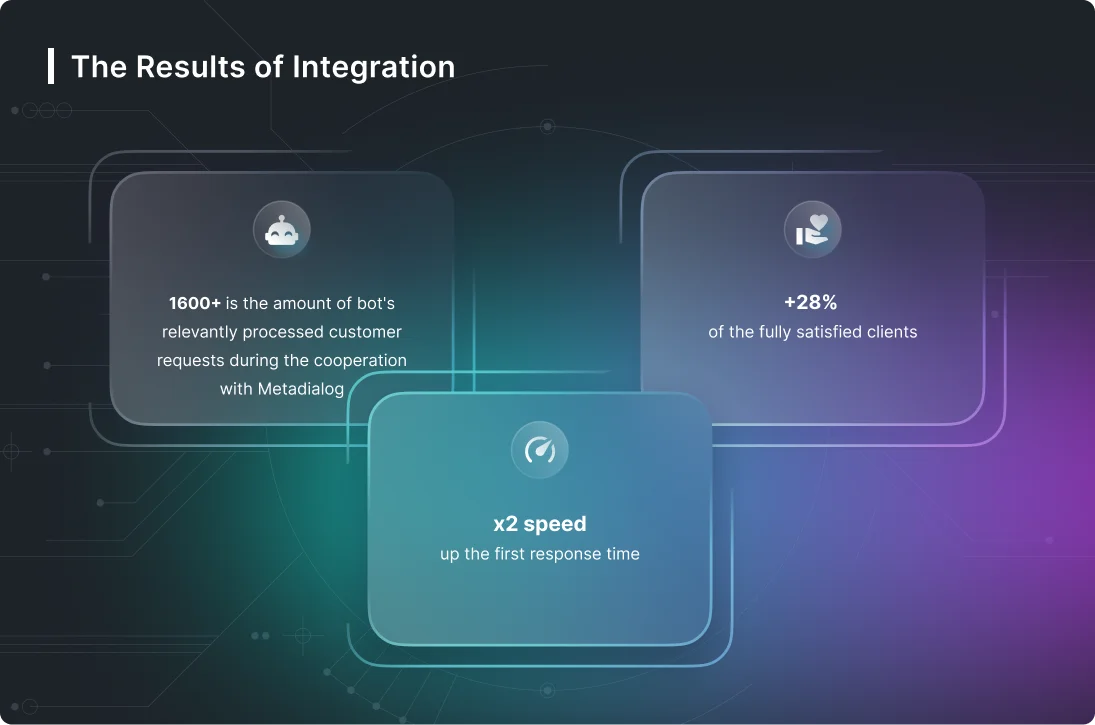NLP Algorithms & Terminologies There are several algorithms commonly by ARUNINFOBLOGS
The logistic regression algorithm then works by using an optimization function to find the coefficients for each feature that maximises the observed data’s likelihood. The prediction is made by applying the logistic function to the sum of the weighted features. This gives a value between 0 and 1 that can be interpreted as the chance of the event happening.

Before deep learning-based NLP models, this information was inaccessible to computer-assisted analysis and could not be analyzed in any systematic way. With NLP analysts can sift through massive amounts of free text to find relevant information. Along with all the techniques, NLP algorithms utilize natural language principles to make the inputs better understandable for the machine. They are responsible for assisting the machine to understand the context value of a given input; otherwise, the machine won’t be able to carry out the request. Though natural language processing tasks are closely intertwined, they can be subdivided into categories for convenience.
Learn the most in-demand techniques in the industry.
Statistical NLP is also the method by which programs can predict the next word or phrase, based on a statistical analysis of how those elements are used in the data that the program studies. Table 5 summarizes the general characteristics of the included studies and Table 6 summarizes the evaluation methods used in these studies. Morphological generation is the process of creating inflected or derived forms of a word given its root or stem and morphological information. This is used in text-to-speech synthesis, text summarization and text generation. Morphology in NLP (Natural Language Processing) is study of construction of words from primitive meaningful units & the study of the internal structure of words and how they are formed . It is concerned with the rules and processes that govern the creation of words, including the use of prefixes, suffixes, and inflections.
Types of AI Algorithms and How They Work — TechTarget
Types of AI Algorithms and How They Work.
Posted: Fri, 05 May 2023 07:00:00 GMT [source]
Today, we can see many examples of NLP algorithms in everyday life from machine translation to sentiment analysis. The DataRobot AI Platform is the only complete AI lifecycle platform that interoperates with your existing investments in data, applications and business processes, and can be deployed on-prem or in any cloud environment. DataRobot customers include 40% of the Fortune 50, 8 of top 10 US banks, 7 of the top 10 pharmaceutical companies, 7 of the top 10 telcos, 5 of top 10 global manufacturers. Basically, they allow developers and businesses to create a software that understands human language.
Text Classification Algorithms
This involves removing punctuation, converting text to lowercase, and handling special characters or symbols. Additionally, tokenization is performed to break the text into individual words or tokens, which can then be further processed. Phonological information can be used to improve the accuracy of speech recognition systems by taking into account the variation in pronunciation across different dialects and languages.
- Speech recognition and voice assistant technologies heavily rely on NLP algorithms.
- NLP algorithms are complex mathematical formulas used to train computers to understand and process natural language.
- However, they can be challenging to train and may require much data to achieve good performance.
- Text classification is the process of understanding the meaning of unstructured text and organizing it into predefined categories (tags).
Natural Language Processing (NLP) has many real-world applications across various domains. It is widely used in sentiment analysis, where it analyzes public opinion from social media posts or customer reviews. Another nlp algorithms application is machine translation, which involves translating text or speech between different languages. NLP also powers chatbots and virtual assistants, enabling them to interact with users in natural language.
Generative Adversarial Networks (GANs)
The decision tree algorithm splits the data into smaller subsets based on the essential features. This process is repeated until the tree is fully grown, and the final tree can be used to make predictions by following the branches of the tree to a leaf node. SVMs are known for their excellent generalisation performance and can be adequate for NLP tasks, mainly when the data is linearly separable.
In this section, you will see how you can perform text summarization using one of the available models from HuggingFace. To begin with, you need to install the Transformers Python package that allows you to use HuggingFace models. Some common applications of topic modeling include content recommendation, search engine optimization, and trend analysis. It’s also widely used in academic research to identify the main themes and trends in a field of study. Support Vector Machines (SVM) is a type of supervised learning algorithm that searches for the best separation between different categories in a high-dimensional feature space.
Used NLP systems and algorithms
In the third phase, both reviewers independently evaluated the resulting full-text articles for relevance. The reviewers used Rayyan [27] in the first phase and Covidence [28] in the second and third phases to store the information about the articles and their inclusion. After each phase the reviewers discussed any disagreement until consensus was reached. Entity resolution, also known as record linkage or deduplication, is a process in data management and data analysis where records that… Computational linguistics is an interdisciplinary field that combines principles of linguistics and computer science to develop…

In the case of machine translation, algorithms can learn to identify linguistic patterns and generate accurate translations. NLP is used to understand the structure and meaning of human language by analyzing different aspects like syntax, semantics, pragmatics, and morphology. Then, computer science transforms this linguistic knowledge into rule-based, machine learning algorithms that can solve specific problems and perform desired tasks. Neural network algorithms are the most recent and powerful form of NLP algorithms. They use artificial neural networks, which are computational models inspired by the structure and function of biological neurons, to learn from natural language data.
Human language is incredibly diverse, with different dialects, accents, and regional variations. This can pose difficulties for algorithms that are trained on a specific language or dialect. To overcome this challenge, algorithms can be designed to handle language variations by incorporating techniques such as data augmentation, dialect identification, and accent normalization. By considering the diverse nature of language, algorithms can improve their ability to understand and process different linguistic variations. Furthermore, NLP plays a crucial role in sentiment analysis, which involves determining the sentiment or emotion behind a piece of text. This is particularly valuable in social media monitoring and brand reputation management, as it allows companies to gauge public opinion and respond accordingly.
- However, we feel that NLP publications are too heterogeneous to compare and that including all types of evaluations, including those of lesser quality, gives a good overview of the state of the art.
- Stemming, on the other hand, reduces words to their basic form (e.g., «running» becomes «run»).
- On the starting page, select the AutoML classification option, and now you have the workspace ready for modeling.
- Another important development in NLP algorithms is the integration of pre-trained language models.
The possibility of translating text and speech to different languages has always been one of the main interests in the NLP field. From the first attempts to translate text from Russian to English in the 1950s to state-of-the-art deep learning neural systems, machine translation (MT) has seen significant improvements but still presents challenges. Text classification is the process of understanding the meaning of unstructured text and organizing it into predefined categories (tags).